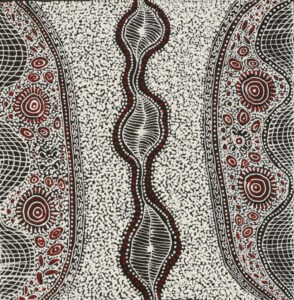Aerial perspective, a vantage point from above that offers an expansive view of landscapes and narratives below, has always held a significant place in the world of art. Among many art forms worldwide, it’s the Australian Aboriginal artworks that have uniquely embraced this perspective to weave stories of their land, traditions, and life. This article delves into the significance and application of this intriguing vantage point in Indigenous art.
The Roots of the Aerial Viewpoint
To truly understand the depth of aerial perspective in Indigenous artworks, it is essential to delve into the Indigenous Australians’ profound connection to their land. For Aboriginal people, the land isn’t just a physical entity but a living, breathing embodiment of stories, spirits, and ancestry. This connection transcends mere geography; it’s spiritual, emotional, and cultural. By adopting an aerial view in their paintings, Aboriginal artists encapsulate a holistic view of their Country, capturing not just its physical terrain but its soul, history, and stories.
Telling Stories from Above
In Indigenous art, the aerial perspective is not just a style but a storytelling tool. The vast and diverse Australian landscapes, with their deserts, rivers, forests, and coasts, are arenas where ancestral spirits roamed, where sacred ceremonies took place, and where Dreamtime stories unfolded. By illustrating these tales from a top-down viewpoint, artists can represent vast tracts of land and narrate intricate stories simultaneously.
For example, the depiction of waterholes, essential sources of life in the arid Australian interior, often appears as circles in these artworks. These circles, connected by meandering lines representing ancestral paths or watercourses, come alive vividly when seen from above, helping the observer journey through the stories they tell.
Dulcie Long Pula
In the above example Dulcie illustrates the multi-layered characteristics of her native Utopia in Central Australia in rich detail from a topographical viewpoint.
Sand hills, river bottoms, and other key landmarks are used to visually and symbolically illustrate the country, which is crucial for ceremonies.
The expertise is frequently passed down from more experienced to younger ladies by doing this in groups.
Women congregate at ceremonial locations for girls’ initiation and other aspects of cultural law. The waterholes, which are full on the arid desert land, are surrounded by the women. As a result, there was enough of bush food available for the women to consume when they camped out for Women’s Business for often quite extended periods of time.
The Beauty of Abstraction
Another fascinating aspect of the aerial perspective in Indigenous artworks is its abstract nature. While the vantage point allows for a detailed representation of landscapes, the art itself often leans towards abstraction, letting viewers interpret the piece in personal, profound ways. This abstraction leaves room for the spirit and essence of the story to shine through, rather than just the explicit details.
Contemporary Relevance
Today, as technology gives us satellite images and bird’s-eye views of landscapes, it’s intriguing to realize that Aboriginal artists have been capturing their lands from such perspectives for millennia. Contemporary Indigenous artists continue this tradition, intertwining age-old practices with modern themes and techniques, making aerial perspectives as relevant today as they’ve ever been.
The aerial viewpoint in Indigenous artworks is a testament to the profound bond between Aboriginal people and their land. It’s a lens that offers not just a visual treat but a deep, soulful journey into the heart of Australia’s ancient cultures and traditions. In a world where art forms continuously evolve, the top-down perspective of Indigenous art remains a timeless and unparalleled window into the narratives of a proud, enduring culture.




